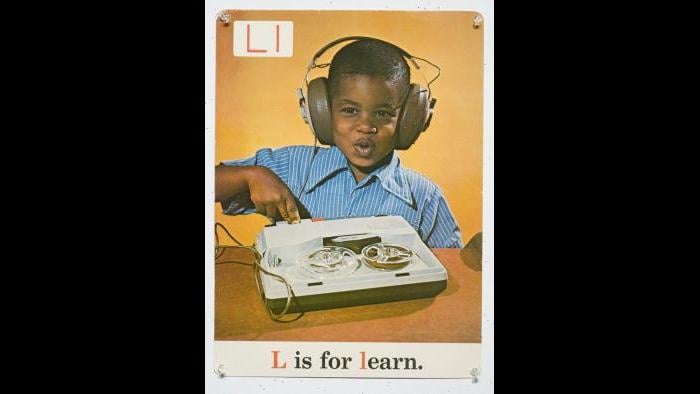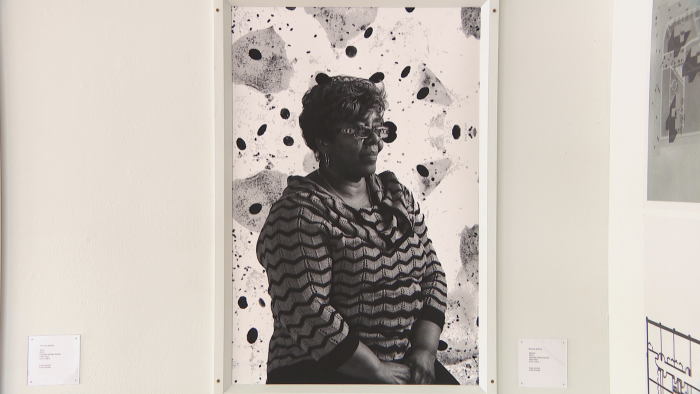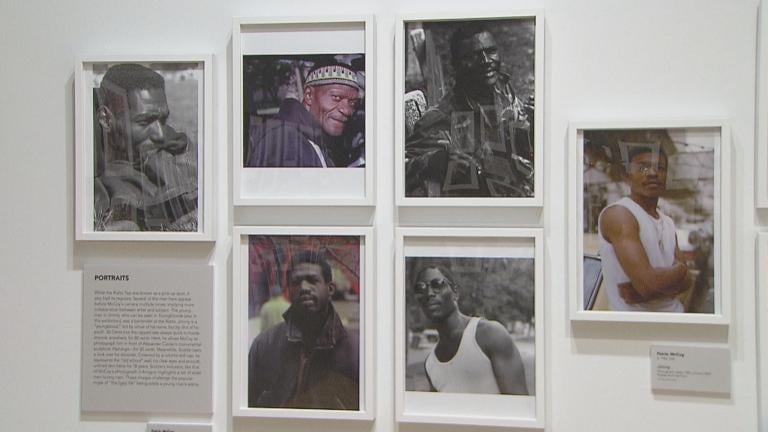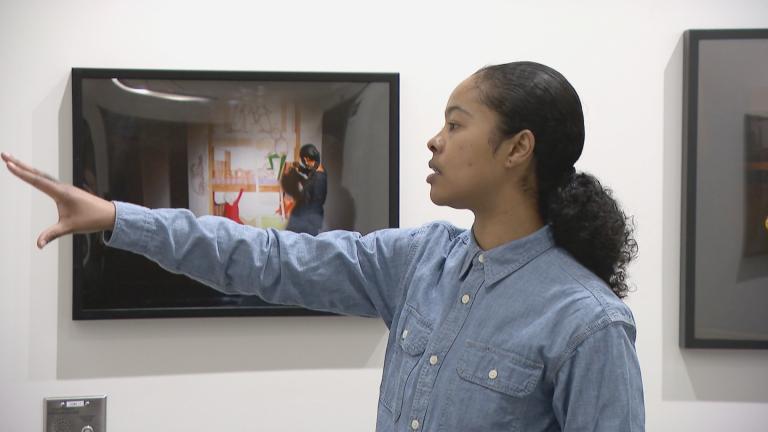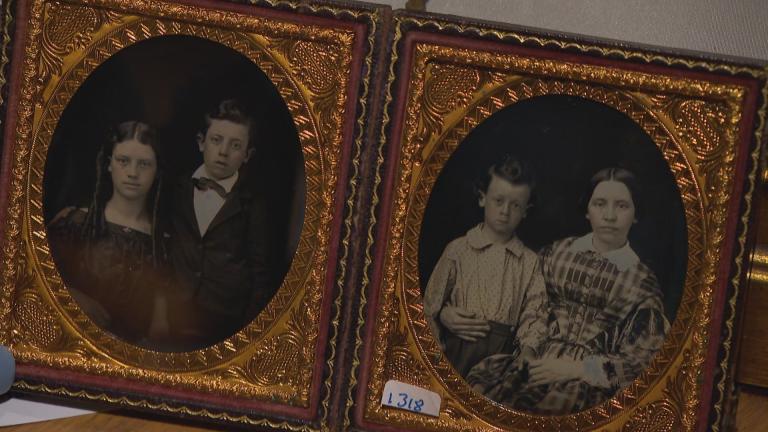In the midst of cancelations and closures, an art exhibit remains open, for a limited time, to celebrate the 50th anniversary of the Black ABCs. Since the 1970s, these letters have been used in public schools around the country, helping students learn how to read. The photos for those learning letters were taken of children in Chicago.
We caught up with some of those children as they marked the anniversary with a new series of portraits.
Imagine that you’re watching TV one afternoon and suddenly you see a photo of yourself as a child.
“I was watching a TV program in the ‘90s, and Tupac was interviewing in the school,” said Kevin Williams. “The letters were behind him as he gives the interview, and I’m like, ‘What?!’ These letters were in California and I was like, ‘These letters made it to the West Coast, all the way over there.’ And that’s when it came to me like, wow. Those letters do have an incredible impact on people and are still valuable to that day.”
The letters Williams is talking about are the Black ABCs. They were created in 1970 by two Chicago teachers with the help of the Society for Visual Education, a then popular developer of classroom learning material. The teachers wanted to give African American students learning materials that were more reflective of their community. The letters started in Chicago Public Schools before circulating nationally and now online on popular websites like Pinterest and Etsy.
This year, the Black ABCs are celebrating 50 years with an exhibit at the University of Chicago’s Art’s Incubator called “S is for Soul Sister.” The exhibit features portraits of Williams and some of his peers, with an audio element that allows visitors to listen to each person recall the day their photo was taken.
The backdrop of their portraits feature an artistic representation of their very own cells, which were swabbed from their cheeks on the day of the photo shoot.
“The goal was to utilize the subjects on cells that were taken at the time of their narrative,” said photographer and neurobiologist Okunola Jeyifous. “So they were speaking into the microphone in the studio, and I was shooting them, and then at the end of that, after they had given their narratives, I took the cells. So I thought that was also a very important and powerful statement. You’re taking cells at the time they were giving their truths, so to speak, and then using their own cells as a way of amplifying their own stories.”
Cheryl Reese, who posed for the letter “T,” says community is an important element of their narratives.
“As children, we grew up in the Harold Ickes projects, and we all went to the Henry Booth House for preschool,” Reese said. “I would say 95% of these kids that are in the images here lived in the Harold Ickes projects. The letter ‘X,’ who is Shannon Moore, Reginald Corners is ‘R,’ all of our mothers were friends. We all grew up playing together, the same way we did in those photos. So Kevin, who is now a comedian, has always been funny.”
Never did the kids think that the photos they took one fun afternoon would still be used today.
“We made history,” Reese said. “The intent was to inspire black children through representation and an educational medium. For instance, on the back there are learning exercises as well as an African American hero whose name either begins or last name begins with your letter. My historical figure was Harriet Tubman. It would be great to see these put back into the public school system and not just CPS, but all public schools.”
The Black ABCs were originally going to be on display at the University of Chicago’s Arts + Public Life Arts Incubator until March 20, but the show will now close Wednesday, with viewing hours from noon to 6 p.m.
Follow Angel Idowu on Twitter: @angelidowu3
Angel Idowu is the JCS Fund of the DuPage Foundation Arts Correspondent.





